--------- 2025 Employment-Based Immigration Explained: Visa Types, Green Cards & Legal Advice
Jun 14, 2025
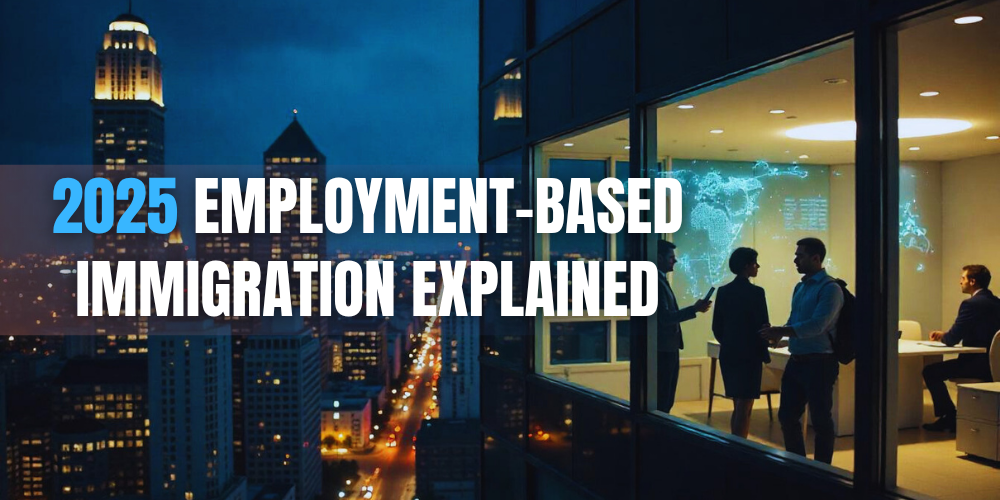
Employment-based immigration is one of the most strategic and regulated pathways for skilled professionals, investors, and individuals in special categories to gain permanent residency in the United States. It enables U.S. employers to fill roles that require expertise not readily available in the domestic labor market, and simultaneously offers foreign nationals the opportunity to live and work in the U.S. permanently. This immigration pathway is guided by specific categories, each with unique eligibility criteria, application procedures, and benefits.
Whether you are an executive, engineer, investor, or artist, understanding the framework of employment-based immigration is crucial to navigating the U.S. immigration system. In this article, we examine each category, the process of obtaining a green card, recent legislative updates, and common challenges faced by immigrants.
Categories of Employment-Based Visas
The U.S. allocates around 140,000 employment-based green cards annually, divided into five preference categories: EB-1 through EB-5.
EB-1: Priority Workers
The EB-1 visa is designed for individuals with extraordinary abilities, outstanding professors or researchers, and multinational executives or managers. It's highly competitive but offers the benefit of skipping labor certification and faster processing times.
Eligibility Includes:
- Recognized achievements in sciences, arts, education, business, or athletics
- International recognition or national acclaim
- Senior managerial roles in multinational companies
EB-2: Professionals with Advanced Degrees
EB-2 is meant for individuals holding advanced degrees (Master's or higher) or who demonstrate exceptional ability in their field.
Key Highlights:
- Requires a job offer and labor certification unless applying under a National Interest Waiver (NIW)
- National Interest Waiver allows self-petitioning if the applicant’s work benefits the U.S.
EB-3: Skilled and Unskilled Workers
This category applies to professionals with a bachelor’s degree, skilled workers with at least two years of training, and other unskilled labor roles.
Important Notes:
- Requires PERM labor certification
- Higher backlog compared to EB-1 and EB-2
- Common for roles in healthcare, construction, and food service
EB-4: Special Immigrants
EB-4 is for a diverse group, including religious workers, certain broadcasters, employees of international organizations, and Afghan or Iraqi translators.
Special Cases:
- May include widows/widowers of U.S. citizens
- Juvenile immigrants who are under court protection
EB-5: Immigrant Investor Program
This path is for investors who create U.S. jobs through substantial financial contributions.
Requirements Include:
- Investing $1.05 million (or $800,000 in targeted employment areas)
- Creating at least 10 full-time U.S. jobs
- Conditional green card is issued first, then a permanent one after two years
Green Card Process for Employment-Based Applicants
The process of obtaining a green card under an employment-based visa typically involves multiple steps and several government agencies, including the Department of Labor (DOL), United States Citizenship and Immigration Services (USCIS), and the Department of State.
Labor Certification (PERM)
PERM is the first stage for EB-2 and EB-3 applicants (except NIW cases).
Purpose:
- Ensures no qualified U.S. workers are displaced
- Requires a defined recruitment process by the employer
Form I-140 Petition
Once PERM is approved, the employer files Form I-140 to prove the legitimacy of the job offer and the foreign national’s qualifications.
Details:
- Demonstrates the company’s ability to pay the offered wage
- Processing time varies from 6 months to over a year without premium processing
Adjustment of Status vs. Consular Processing
After I-140 approval and visa number availability, the applicant chooses one of two paths:
- Adjustment of Status (within the U.S.)
- Consular Processing (at a U.S. embassy abroad)
Each has unique timelines, costs, and risks. Adjustment is preferred for those already in the U.S. on valid visas.
Recent Policy Updates and Immigration Trends
In recent years, employment-based immigration has seen major shifts due to legislative reforms, processing backlogs, and geopolitical developments.
Key Trends:
- Increased visa backlog, especially for Indian and Chinese applicants
- Temporary boosts in visa allocations due to unused family-based visas
- Reintroduction of the International Entrepreneur Rule
- Executive actions easing work permit renewals
Employer Sponsorship: Responsibilities & Liabilities
U.S. employers play a vital role in employment-based immigration. Sponsoring a foreign national isn’t just about offering a job; it comes with serious legal and financial obligations.
Key Employer Responsibilities Include:
- Recruitment Compliance: Employers must prove they attempted to hire a U.S. worker before sponsoring a foreign national.
- Ability to Pay: Demonstrating financial capability to meet the proffered wage from the time the labor certification is filed.
- Record Keeping: Employers must retain all recruitment documentation for five years under the PERM program.
- Workplace Compliance: Ensuring that employment conditions match those stated in the visa petition.
Liabilities:
- Employers can face audits, penalties, and even debarment from the immigration program if found in violation.
Country-Based Quotas and the Impact on Applicants
One of the most debated aspects of employment-based immigration is the per-country cap system. Currently, no more than 7% of the total employment-based green cards can go to nationals of any one country.
Countries Most Affected:
- India and China see the highest demand, leading to wait times stretching over a decade in some categories.
- Skilled professionals from these countries often remain in temporary visa statuses (like H-1B) for years.
Proposed Reforms:
- The Fairness for High-Skilled Immigrants Act aims to eliminate the country cap but has not yet passed Congress.
- Alternative pathways, like self-petitioning under EB-1 or NIW, can sometimes help circumvent these long waits.
Challenges in Employment-Based Immigration
Even with the correct qualifications and employer support, applicants can face significant hurdles.
Common Issues:
- USCIS Delays: Processing times can vary widely, causing anxiety and logistical challenges.
- Denials & RFEs (Requests for Evidence): Incomplete or poorly documented petitions often result in delays or denials.
- Job Changes During Processing: Portability under AC21 allows some flexibility, but it’s a complex process that must be managed carefully.
- Dependents’ Status: Spouses and children may face limitations, especially regarding work and study rights.
Dual Intent and Nonimmigrant Visas (H-1B, L-1)
Certain nonimmigrant visa categories allow for dual intent, meaning the visa holder can legally pursue permanent residency while on a temporary visa.
Key Visas with Dual Intent:
- H-1B (Specialty Occupation): Often the first step toward an employment-based green card.
- L-1 (Intracompany Transferee): Beneficial for multinational companies to bring managerial or specialized talent to the U.S.
These pathways are instrumental for professionals who want to begin working in the U.S. while their green card applications are being processed.
Transitioning from Student Visa to Employment-Based Green Card
Many employment-based green card applicants begin their journey as F-1 international students. The transition involves careful planning and timing.
Steps to Transition:
- OPT (Optional Practical Training): Post-graduation work period, crucial for gaining experience.
- STEM OPT Extension: Adds 24 more months for science, tech, engineering, and math grads.
- H-1B Visa Sponsorship: Typically the next step after OPT.
- Green Card Filing: After a few years on H-1B, employers can sponsor employees for a green card.
Maintaining legal status during this transition is crucial to avoid disruptions.
Role of Immigration Attorneys and Legal Advice
Employment-based immigration law is highly nuanced. While not required, having an immigration attorney significantly increases the chances of success.
When Legal Counsel is Most Valuable:
- Complex eligibility cases (e.g., EB-1, NIW)
- Responding to RFEs or NOIDs (Notices of Intent to Deny)
- Employer audits or compliance reviews
- Handling dependent visa issues or portability concerns
Legal experts ensure that paperwork is accurate, deadlines are met, and risks are minimized.
FAQs on Employment-Based Immigration
Q1: Can I apply for multiple employment-based categories at the same time?
Yes, multiple petitions can be filed simultaneously if you meet the eligibility requirements for more than one category.
Q2: What happens if I lose my job during green card processing?
If I-140 is approved and you’ve filed I-485 (adjustment of status), you may retain your priority date and switch jobs in the same occupational classification.
Q3: Can I bring my family with me?
Yes, spouses and unmarried children under 21 are eligible for derivative visas and can often work or study in the U.S.
Q4: How long does it take to get an employment-based green card?
It depends on your category and country of origin. EB-1s may get processed within a year, while EB-3 India may take over a decade.
Q5: Can a startup company sponsor someone for a green card?
Yes, but it must prove its financial ability to pay and show that the job position is legitimate and permanent.
Q6: Is premium processing available for employment-based visas?
Yes, for most I-140 petitions, premium processing shortens decision time to 15 calendar days.
Conclusion and Final Thoughts
Employment-based immigration is a gateway to opportunity for individuals seeking a new life in the United States and for businesses looking to tap global talent. However, the pathway is layered with regulatory steps, changing policies, and long waiting periods. Understanding the system, planning strategically, and seeking professional guidance can dramatically improve your chances of a successful and timely outcome.
Whether you're an applicant or an employer, staying informed about employment-based immigration is not just smart—it’s essential.
Recent Articles

I-94 Record Guide 2025: How to Get, Retrieve, and Fix Your Arrival/Departure Record
If U.S. immigration were a novel, the I-94 would be the quiet supporting character who turns out to

H-1B to H-4 Change of Status: The Complete 2025 Guide (Processing Times, Requirements & EAD Eligibility)
Transitioning from H-1B to H-4 status isn’t just a bureaucratic shuffle—it’s a strategic shift
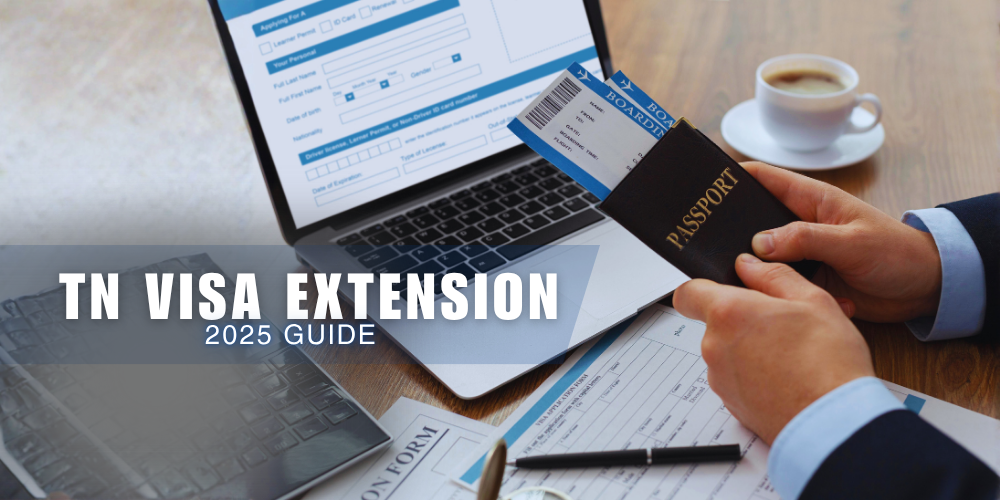
How Long Does a TN Visa Extension Take in 2025?
Time — it’s the one thing every TN professional learns to respect. Whether you’re an engi
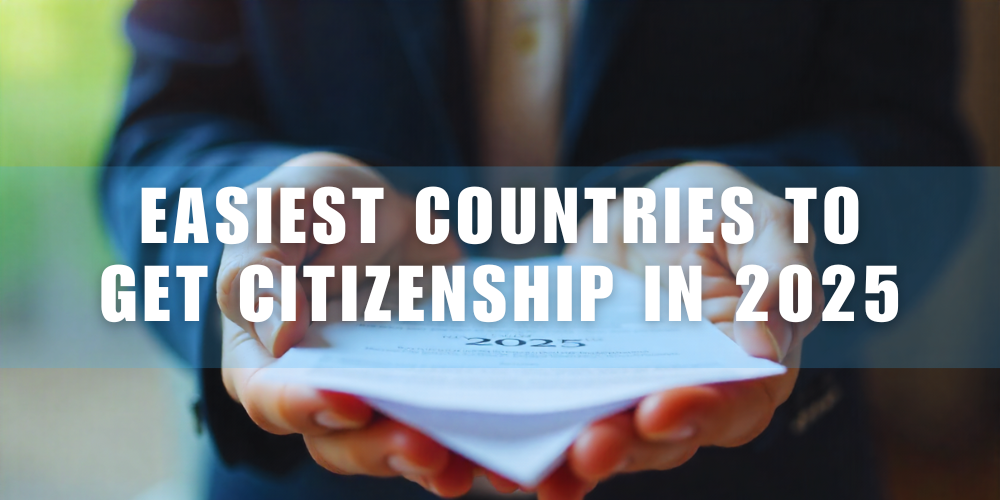
The Easiest Countries to Get Citizenship in 2025: Fast Tracks, Smart Moves, and Hidden Shortcuts
In 2025, the idea of belonging to just one nation feels almost quaint. As the world continues to shr
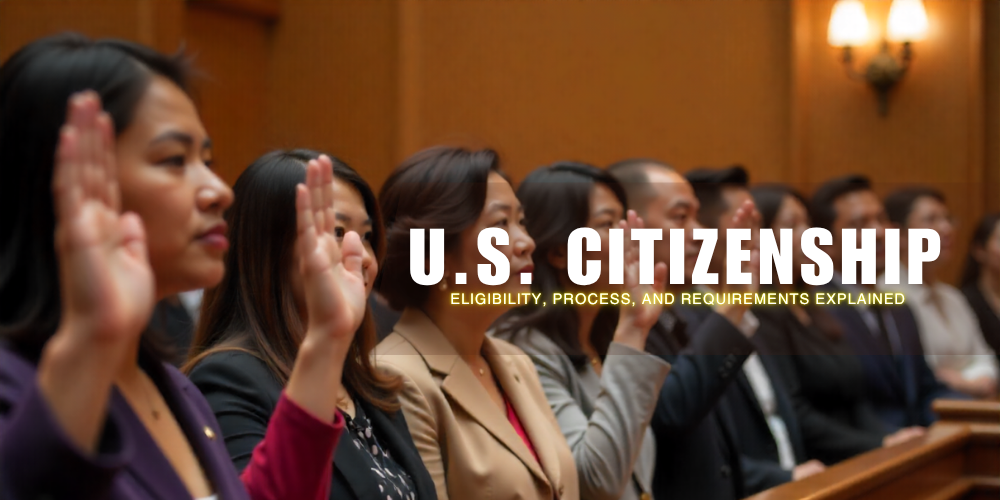
U.S. Citizenship Made Simple: Eligibility, Process, and Requirements Explained
For many, U.S. citizenship is more than just a passport—it’s a gateway to stability, opportunity
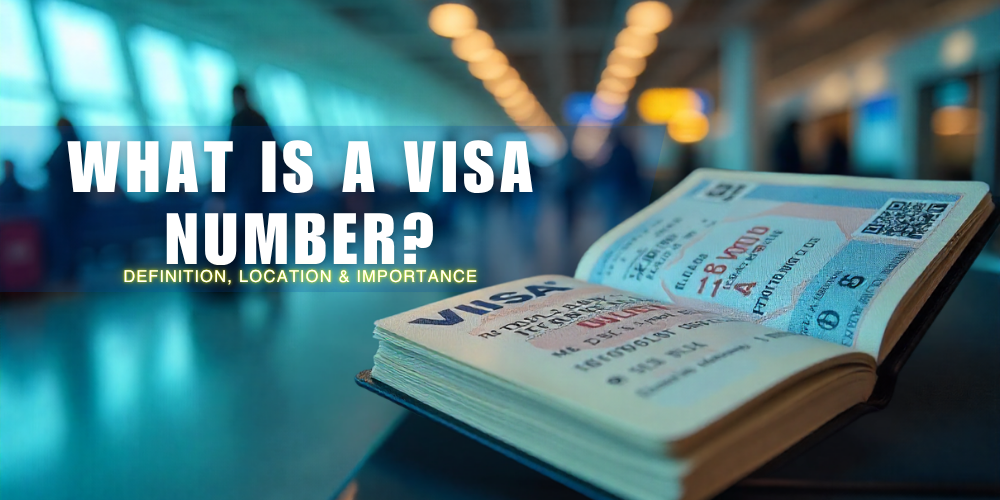
What Is a Visa Number? Definition, Location & Importance
Look closely at your U.S. visa and you’ll notice a small red number tucked away in the corner. Eas
Read More

I-94 Record Guide 2025: How to Get, Retrieve, and Fix Your Arrival/Departure Record

H-1B to H-4 Change of Status: The Complete 2025 Guide (Processing Times, Requirements & EAD Eligibility)

How Long Does a TN Visa Extension Take in 2025?

The Easiest Countries to Get Citizenship in 2025: Fast Tracks, Smart Moves, and Hidden Shortcuts

U.S. Citizenship Made Simple: Eligibility, Process, and Requirements Explained

What Is a Visa Number? Definition, Location & Importance

Welcome to the VisaTravel blog. We know that navigating the maze of visa applications and online forms can be as tricky as choosing the perfect travel playlist (which is all we want you worrying about anyway).
Throughout our years of experience, though, we’ve uncovered a mountain of knowledge which, via this blog, we’re sharing with you! Whether you're diving into the world of travel visas, wondering about the ESTA online hustle, or just trying to figure out the DS160 form, think of us as your online concierge, here to make the process easy and most of all, clear.
At this point in our global context, who has time for endless paperwork and confusing legal jargon? No one. That's why we're all about spilling the tea on online visa hacks, easier-to-work-with DS160 forms, and giving you tips on everything from tourist visas to immigration, to that last-minute ESTA online adventure.
So, just plug in a word you’re curious about on the search bar, and boom. We've got the tips, tricks, and insider info to help you (and anyone else you may be traveling with) get to your travel destination with the confidence of a seasoned traveler.
Now go explore!
 U.S. Visa
U.S. Visa
 Canada eTA
Canada eTA
 Schengen Visa
Schengen Visa
 New Zealand eTA
New Zealand eTA
 United Kingdom eTA
United Kingdom eTA
 Australia eVisitor
Australia eVisitor
 Vietnam eVisa
Vietnam eVisa
 Egypt eVisa
Egypt eVisa
 Singapore Arrival Card
Singapore Arrival Card
 Sri Lanka eVisa
Sri Lanka eVisa





